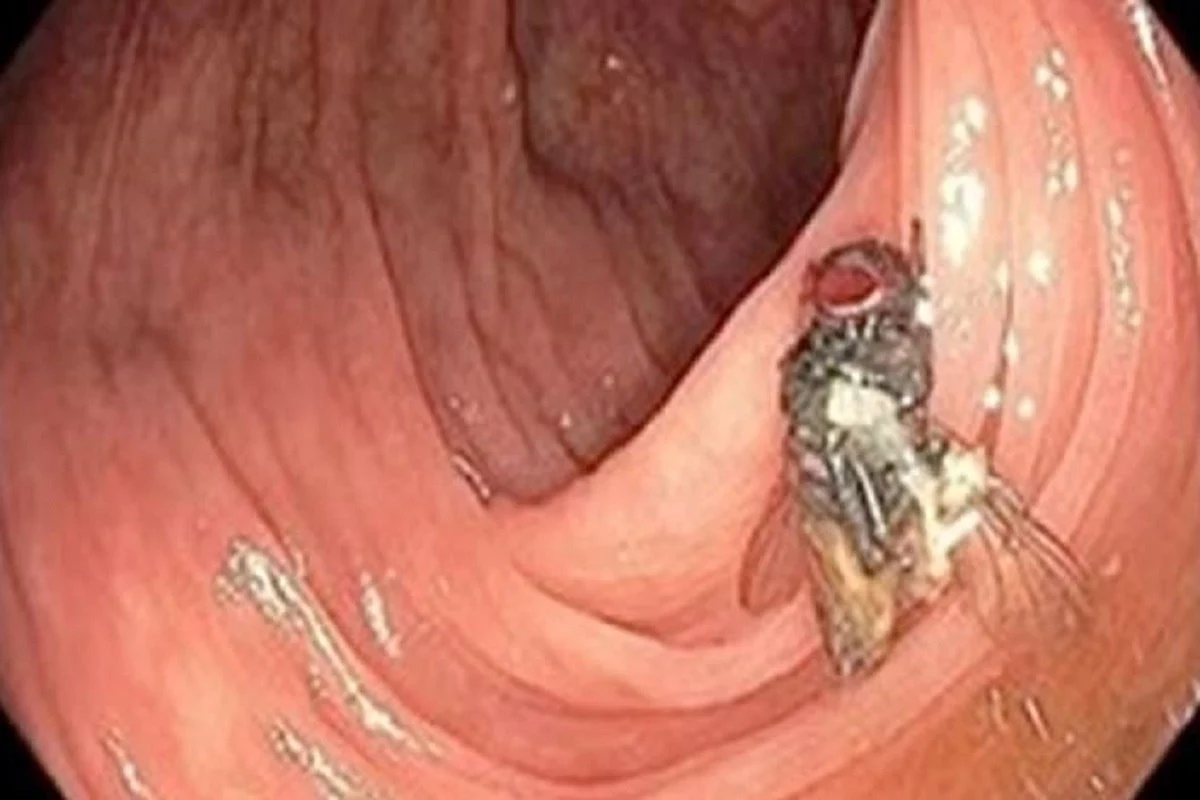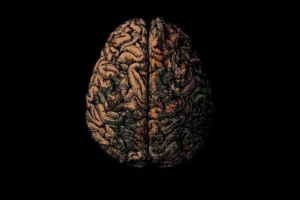
house fly inside man intestines
Doctors in the United States made a perplexing discovery during a routine colonoscopy when they found a fully intact house fly inside a 63-year-old man’s transverse colon. The unusual case, documented in the American Journal of Gastroenterology by the University of Missouri School of Medicine, left both medical professionals and the patient bewildered.
The man had undergone a normal colonoscopy until reaching the transverse colon, where the intact fly was encountered. Despite consuming only clear liquids before the procedure and recalling a recent meal of pizza and lettuce, the patient had no idea how the insect entered his body. Strikingly, he displayed no symptoms indicating the ingestion of a fly.
Also Read: Mumbai-Ahmedabad bullet train project: 250 km pier and 100 km viaduct’s construction completed
The doctors noted that the motionless fly did not respond to manipulation with the scope, confirming its demise. Matthew Bechtold, the chief of Gastroenterology at the University of Missouri, proposed two possible routes for the fly’s entry – through ingestion or via the rectum. However, uncertainty persisted regarding how the fly navigated to the transverse colon.
Considering the intact state of the fly, the hypothesis of ingestion through the mouth seemed less plausible, as digestive enzymes and stomach acid would typically degrade such foreign objects. Alternatively, if the entry occurred from below, an opening must have allowed the fly to navigate the complex, dark environment of the large intestine without detection—a scenario deemed unlikely by the medical team.
Also Read: Tesla ready to set-up factory in India, but on the following terms and conditions
While rare instances of flies and larvae infesting human intestines, known as intestinal myiasis, have been documented, it usually involves the consumption of food containing fly eggs. The National Library of Medicine notes that fly eggs and larvae can survive stomach acid in rare cases, hatching and growing inside the body. Nevertheless, the specific circumstances leading to this intact house fly in the transverse colon remain a mystery.
To read more such news, download Bharat Express news apps


















